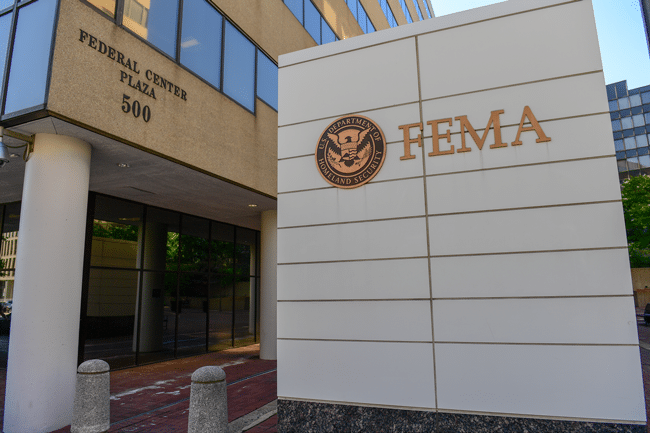As the 118th Congress nears its end, lawmakers are gearing up for a critical lame duck session—the period after November’s elections but before the new Congress is sworn in. Often, this time becomes a last-chance moment to tackle significant legislation. Though some members have lost re-election, they retain full authority to legislate until their terms end on January 3. Some high-stakes decisions—fiscal year 2025 appropriations, the Farm Bill, and defense policy—were deferred to the lame duck session, setting up an especially busy legislative agenda.
One of the most pressing tasks is finalizing appropriations bills to fund the federal government. Earlier this year, Congress passed a short-term Continuing Resolution (CR) that extends funding only until December 20, 2024. If lawmakers don’t approve full-year appropriations bills or another CR by then, the government could face a shutdown. Congress can either pass all twelve appropriations bills, consolidate them into an omnibus package, or opt for another short-term CR to delay decisions into 2025. Given the recent election shakeup, another CR appears increasingly likely.
Another major item on the docket is the new Farm Bill. Originally a measure for agricultural subsidies and food aid, the Farm Bill has ballooned into a complex and costly piece of legislation, weighed down by escalating demands and political gridlock. Budget constraints and competing interests have stalled negotiations, and it’s likely that Congress will extend the current bill once again rather than agree on an update. The 2018 Farm Bill extension has already expired, and without new legislation, key agricultural programs face potential disruption.
The National Defense Authorization Act (NDAA), a legislative staple since 1961, is also up for debate, with significant disagreements over spending levels and policy provisions. The Senate version includes an additional $25 billion for national security, exceeding budget caps set by the Fiscal Responsibility Act, while the House version introduces controversial policies unlikely to pass the Senate. This debate comes amid rising interest payments on the national debt, which reached $950 billion in FY2024, surpassing the Pentagon’s $826 billion budget—a stark reminder of debt’s impact on national security. Yet Congress is still focused on military spending increases, often skirting caps by labeling items as “emergency funding.” Programs like the Sentinel ICBM, now 81% over budget and with debatable strategic value, highlight the Pentagon’s continuing prioritization issues.
In addition to regular appropriations and defense funding, Congress is expected to consider an emergency supplemental spending bill to address recent natural disasters and other needs. Projected at $50-65 billion, this package will likely include broad spending for FEMA’s Disaster Relief Fund and the Small Business Administration’s disaster loans, alongside additional funds for infrastructure and agricultural losses. Emergency designations in the budget process allow these funds to bypass offset requirements. Proposals for unrelated spending—such as defense, childcare, and broadband access—have also surfaced, but bipartisan focus on disaster response may limit their inclusion. The National Flood Insurance Program, another program in the spotlight because of recent natural disasters, expires at the same time as the current CR, so it might get an extension either in that package or in a supplemental.
Besides these immediate priorities, Congress faces challenges early next year, such the suspension of the debt ceiling that expires on January 2. Whatever the debt is that day will be the new debt limit, necessitating “extraordinary measures” by the Treasury Secretary to avoid default. If past is prologue, extraordinary measures will be exhausted around July.
But let’s not get ahead of ourselves – the to-do list for the last weeks of the 118th Congress is long. But if lawmakers perform in the lame duck session like they did during the previous nearly two years of this Congress, that list will remain long. Congress needs to narrow its focus and get its job done. It’s time to close the door on 2024 and move to 2025 which will bring a host of new problems and opportunities.










